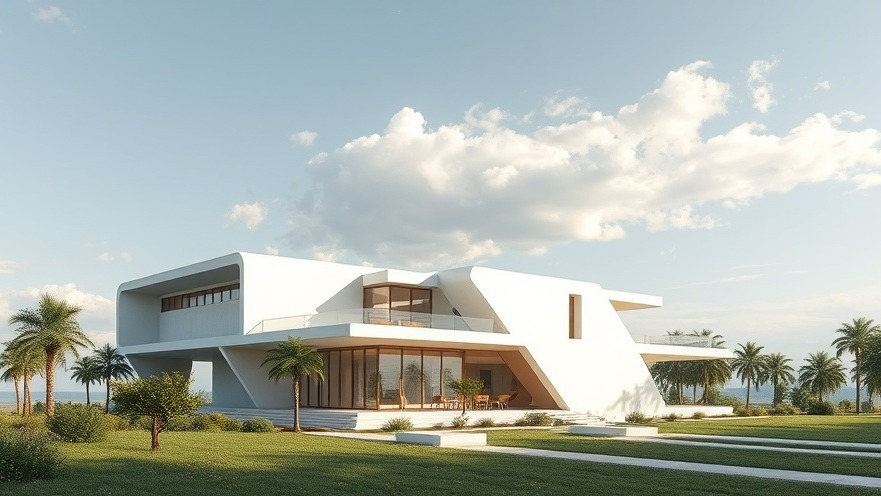
Embracing Sustainability in Education
In an increasingly interconnected world, the need for sustainable practices is paramount, particularly in education. The innovative approach utilized by Urko Sánchez Architects in Nairobi illustrates just how impactful sustainable choices can be for building design.
Create a Natural Classroom Environment
Drawing inspiration from its lush surroundings, Urko Sánchez Architects has designed a series of temporary classrooms that not only serve educational needs but also enhance children’s connection to nature. Wrapping classrooms in wooden logs, the project emphasizes blending architecture seamlessly with the environment. This natural setup creates a serene learning atmosphere, which has been shown to boost student engagement and well-being.
Prioritizing Reusable Materials: A Sustainable Future
The focus on using cost-effective and reusable materials speaks volumes about the future of construction in educational environments. By employing resources like wood, soil, and forest leaves, the architects have minimized the environmental impact without compromising on aesthetics. This sustainable approach can inspire digital nomads and remote workers to rethink their workspace materials, favoring those that are eco-friendly and modular.
The Concept of a 'Village' for Learning
The design of the Nairobi school, envisioned as a “small village,” capitalizes on the benefits of collaborative learning. Classrooms dispersed throughout the forest allow students to engage with nature actively and cultivate communal values. For remote workers, similar principles can be applied to inspire teamwork and creativity in shared workspaces, enhancing collective productivity.
How Community Engagement Enhances Learning
The involvement of children, parents, and teachers in the building process fosters a sense of community and pride, possibly increasing the effectiveness of education. For digital nomads working remotely, incorporating social elements into their workspaces—like collaborative environments or regular community interactions—can lead to improved motivation and connection with others.
Designing Spaces with a Purpose
The intentional design choices in these classrooms exemplify how thoughtful architecture can influence daily experiences. From transparent walls allowing natural light to flood in to the use of reclaimed soil and leaves to create living walls, each decision enhances the learning environment's functionality. As digital nomads set up their home offices, incorporating similar elements can lead to more inviting and productive spaces. Think about how lighting, natural materials, or even incorporating plants can change your workspace's feel, making it more liveable.
Bringing the Outdoors Inside
In a world increasingly dominated by technology, there’s a growing recognition of the importance of nature in our daily lives. Urko Sánchez Architects' use of natural and eco-friendly building practices serves as a reminder of how essential it is to bring the outdoors into our learning and working environments. For anyone who works remotely, consider how you can integrate nature into your workspace. Small changes like adding greenery can profoundly impact mental well-being and productivity.
Encouragement for Sustainable Design
The Nairobi Waldorf School's innovative design sets a benchmark in sustainable architecture, encouraging future educational projects to adopt similar methodologies. Digital nomads can take inspiration from this project, promoting sustainability in their work environments. Implementing modular furniture made from recovered materials or integrating biophilic design can lead to more effective and healthier workspaces.
 Add Row
Add Row  Add
Add 




Write A Comment